I purchased a used Fujinon Pro 2010 night vision monocular at a local Ham radio rally in 2023. After initial testing, I found that it had focus issues with distant objects being very blurred and spots on the image.
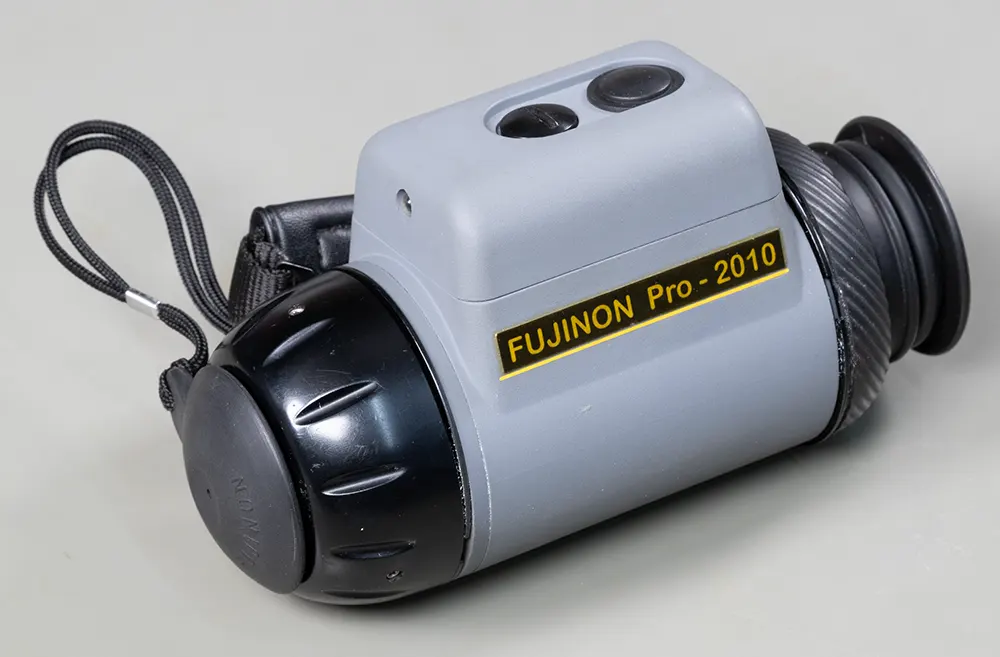
The Fujinon Pro 2010 night vision monocular is a weather-sealed unit and runs from a pair of AA batteries which are housed on the top of the metal case under a sealed cover with a power button at one end.
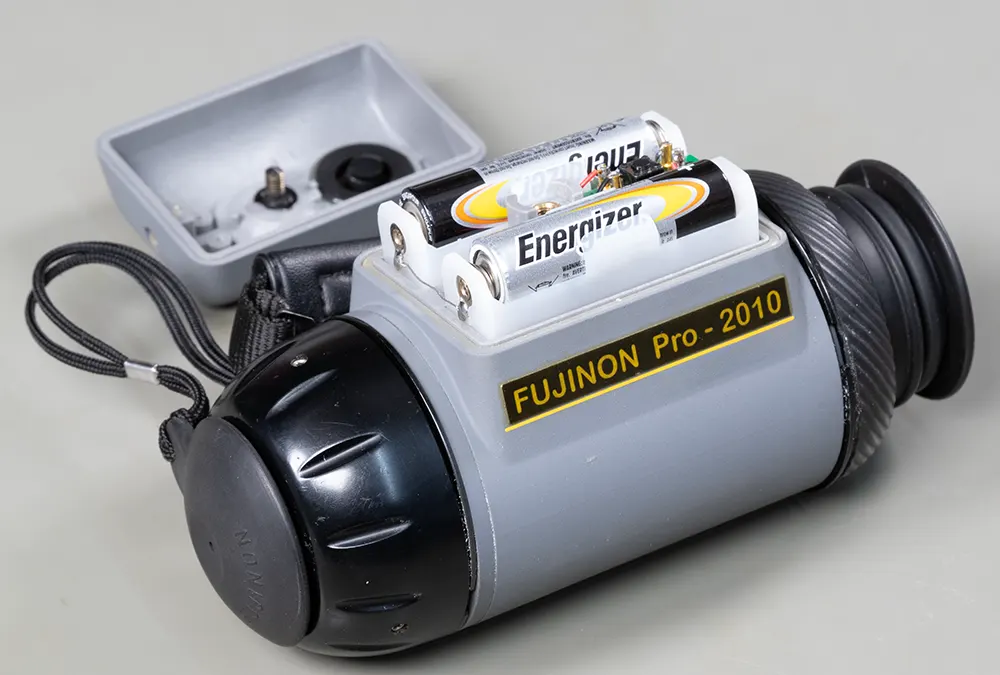
The front of the unit has a metal rotating ring which moves the input lens to focus and has a rubber cover with a small hole which allows it to be used in daylight conditions without overloading the sensor.
On the rear of the unit is another focusing ring with a rubber cover, the eyepiece lens and a rubber shroud.
Turning the rear focusing ring changes the focal distance to the internal screen and the front lens adjusts the focus to the light sensor.
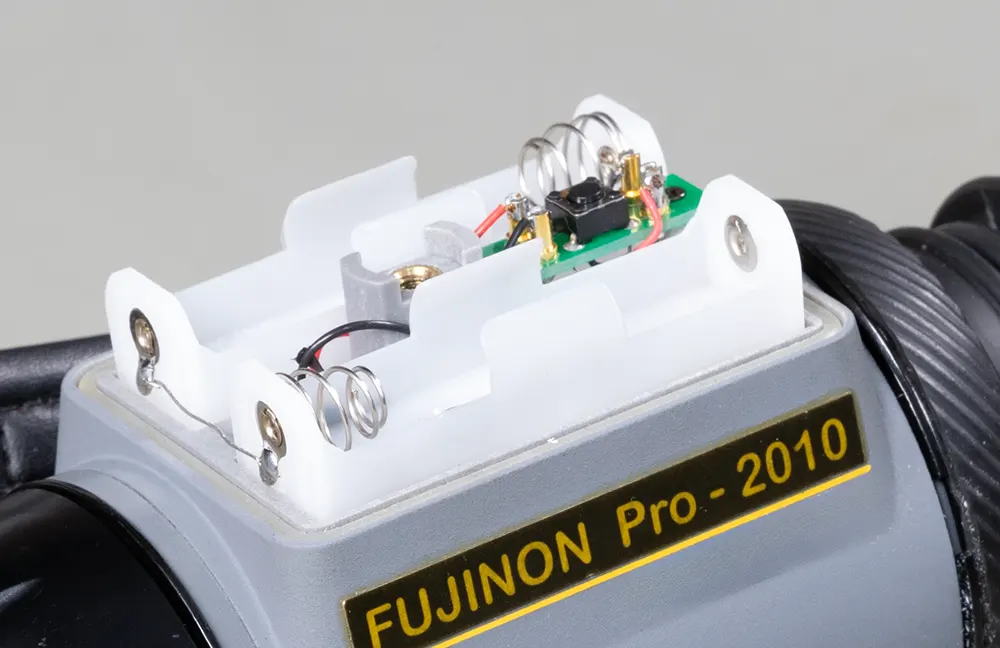
Removing the front lens assembly
The front focusing ring is held in place with three grub screws and once these are removed the ring can be removed revealing the main lens and a metal ring for the hand strap bracket. This is fitted using three screws and after removing these there are another three small screws which fix the front lens assembly into the main metal body.
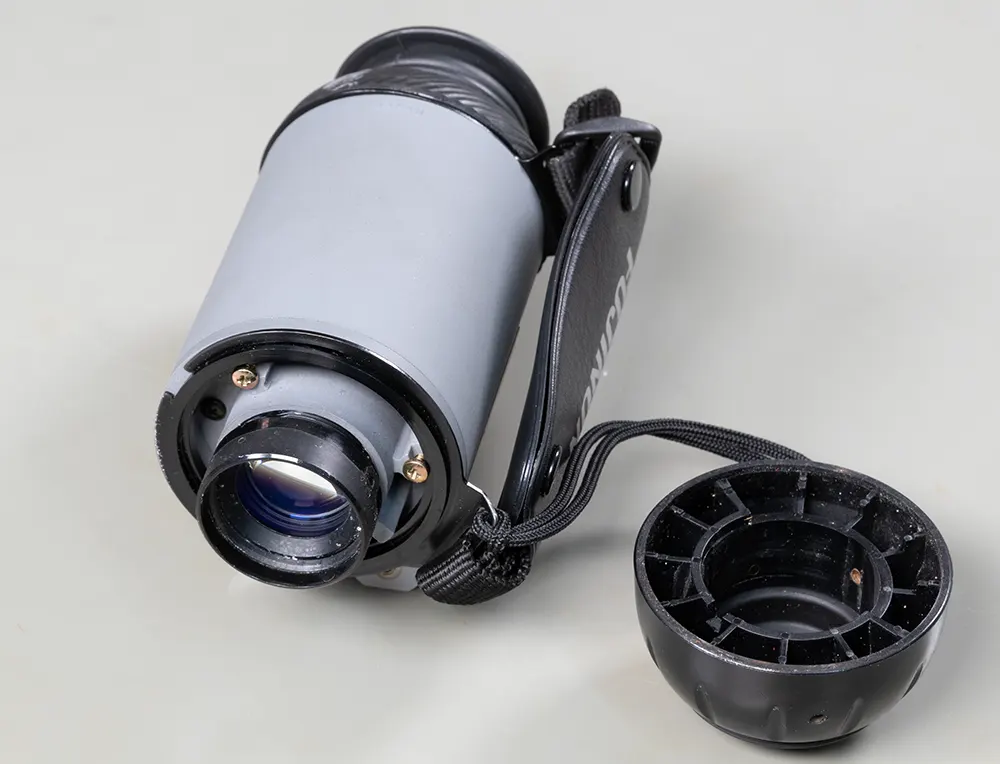
The lens assembly has a rubber O ring creating a waterproof seal to the main body. After carefully separating these this reveals the front of the image intensifier tube and sensor.
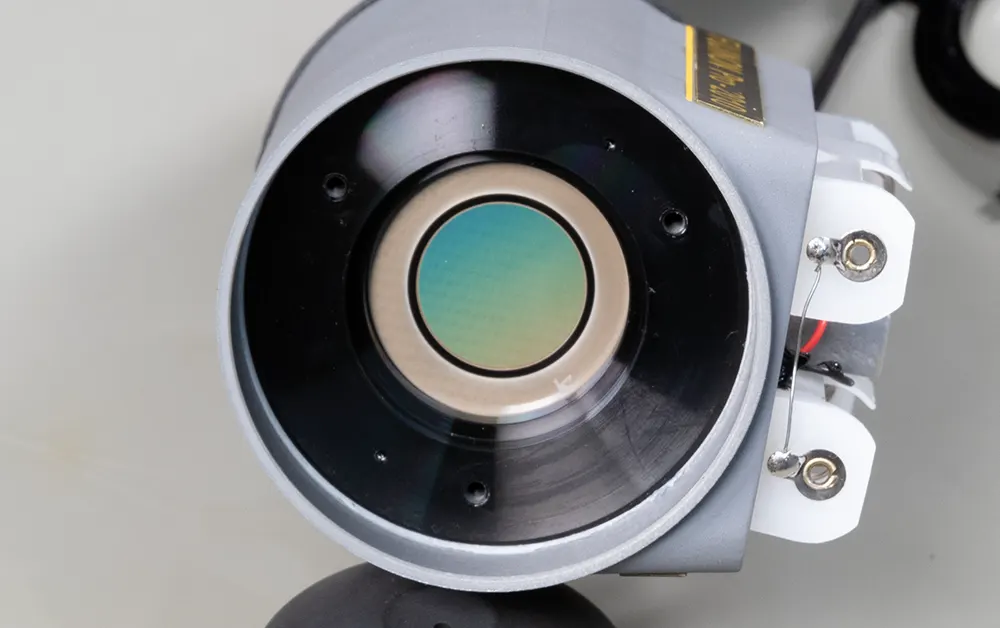
Removing the rear lens assembly
The rear lens assembly rotates almost one turn to allow the user to focus the screen through the eyepiece. We initially could not find any screws to remove this but after turning it to the limit block the internal plastic limit lug broke away and this allowed us to unscrew the lens assembly.
With the rear lens assembly removed this revealed the back of the image intensifier tube with a serial number and model number of XX1940GS.
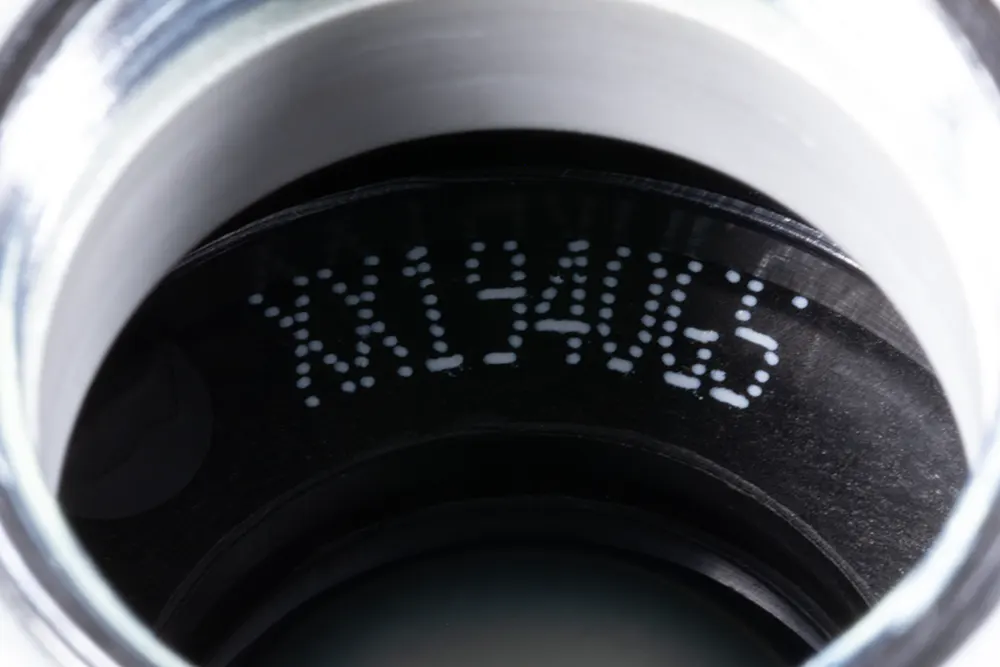
The Image intensifier tube
Searching online found that this is a Photonis XX1940 sealed module from Alpha Photonics which manufactures a large range of optical equipment.
They do not list any specifications on their website but I found a specification table on hioptic.com with the following data:
| Photocathode sensitivity | |
| 2856K µA/lm | 500 |
| 800nm mA/W | 43 |
| 850nm mA/W | 33 |
| Resolution | |
| Centre lp/mm | 50 |
| Gain cd/m2 /lx | 8000 |
| Input current mA | 20 |
| Input voltage V | 2.65 |
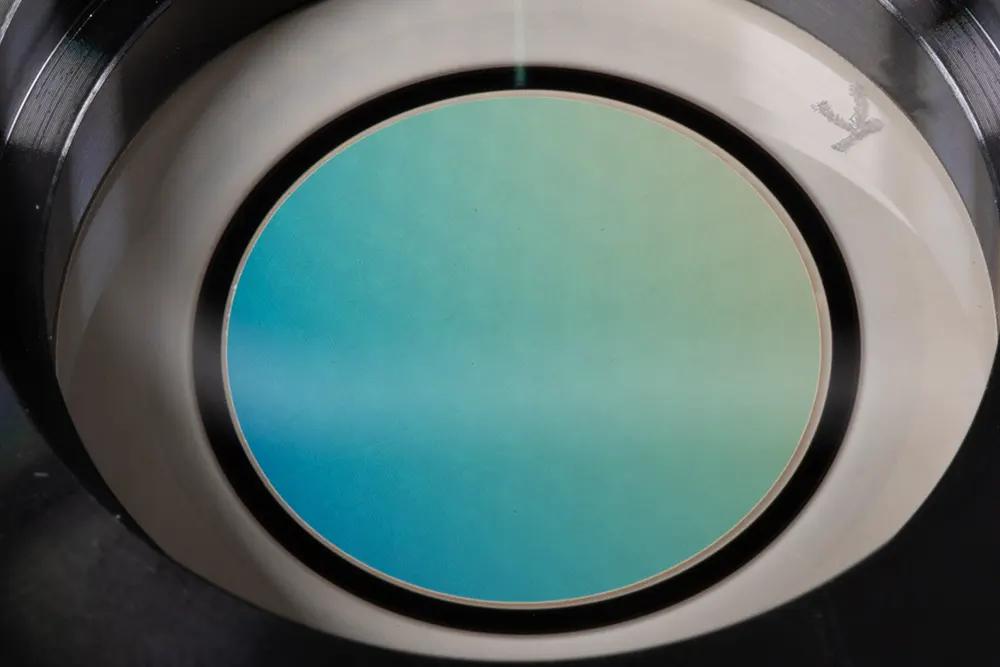
As the image intensifier tube is a sealed unit it would not be possible to delve further into the unit without cutting it apart.
An easy fix
As we wanted to try to make the scope usable again, we checked the front lens and rear eyepiece and found dirt on both surfaces. This was cleaned carefully using a cotton swab and after reattaching the lenses we found that after adjusting the front lens we could focus into infinity and shorter distances over a quarter turn area. This matched with the travel of the focusing ring.
We tightened the focus ring grub screws back to the lens and found that we could now focus the sensor across both close and distant objects.
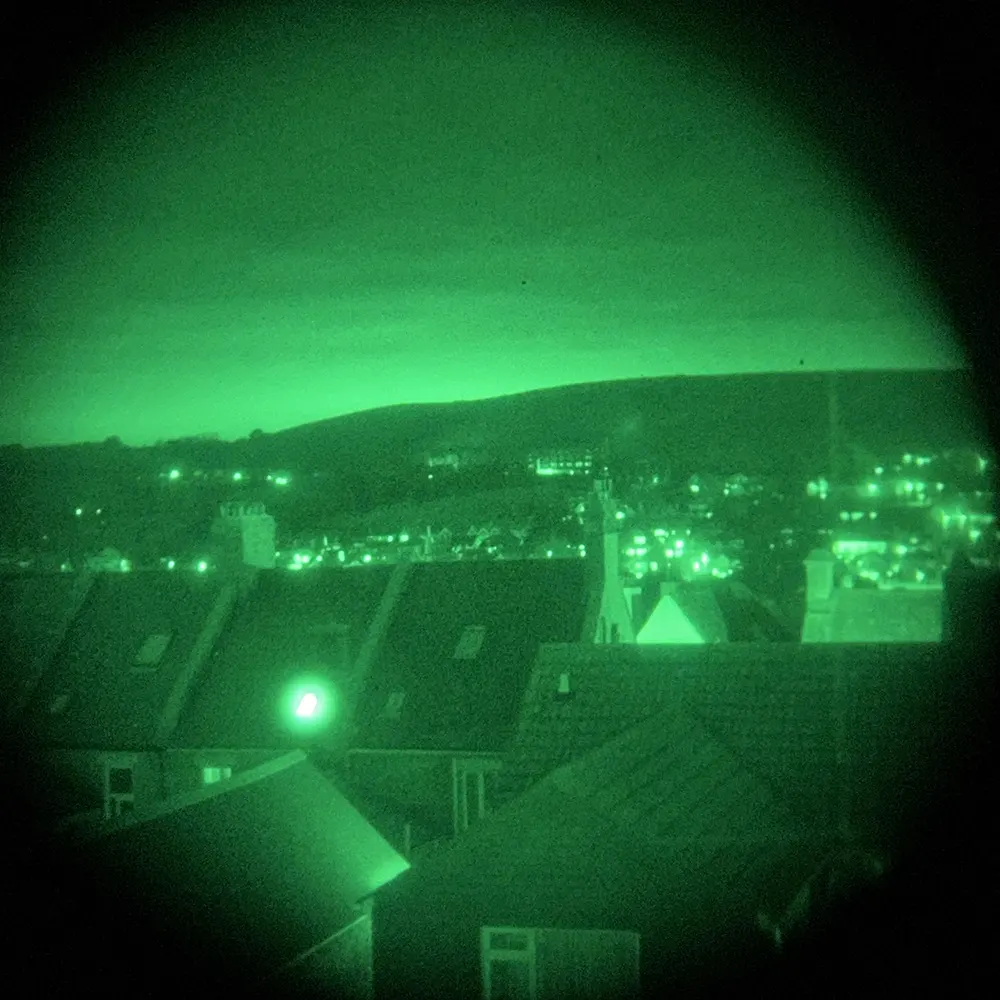
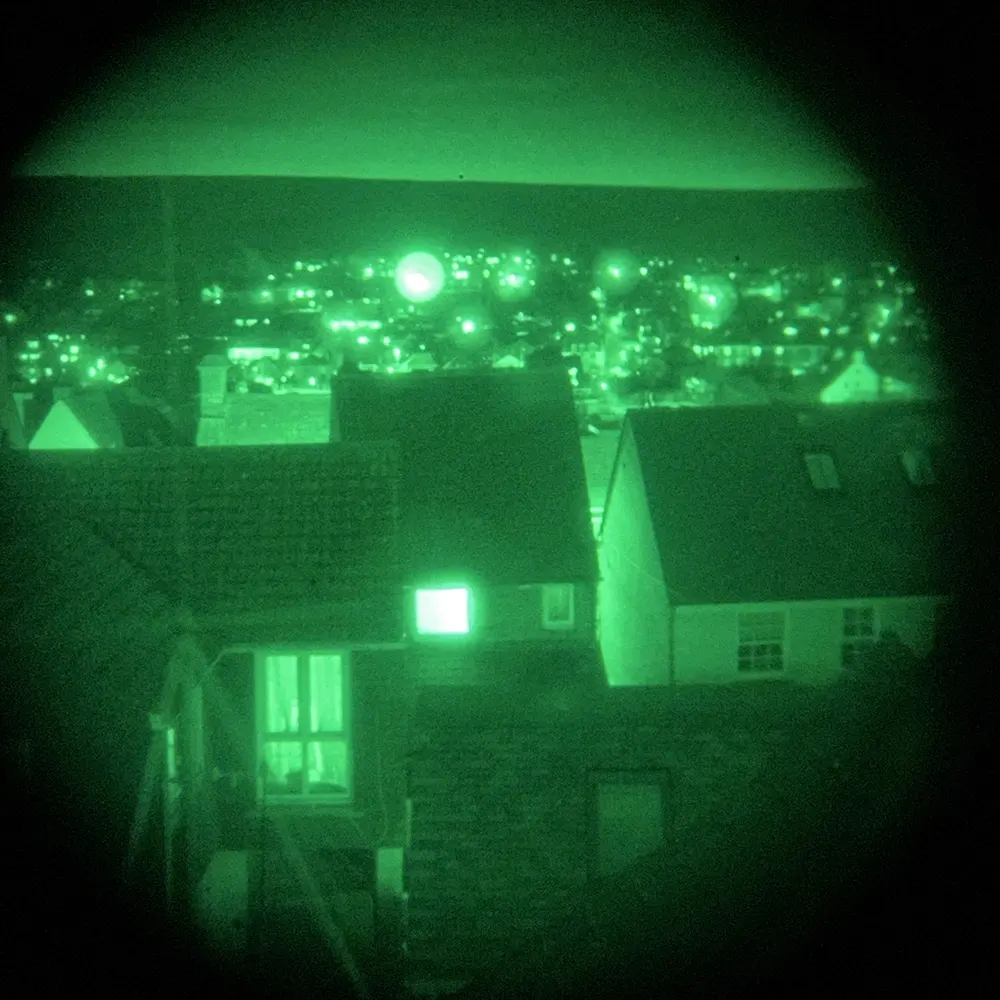
As this was a very straightforward fix, we assumed that the previous owner had loosened the grub screws to either clean or replace the waterproof O ring and had reassembled it rotated to a different location causing the lens to not turn to the distance focus limits.


Comments